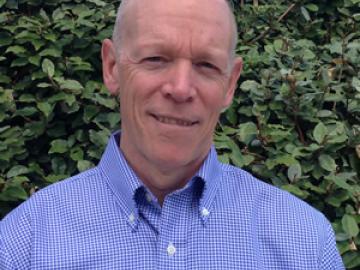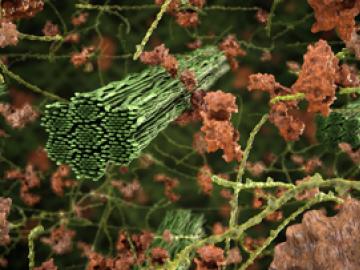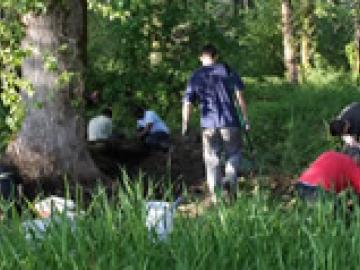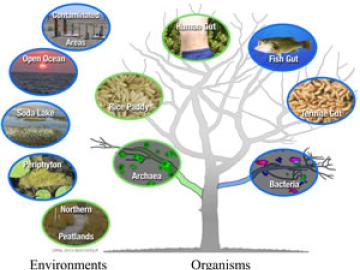Filter News
Area of Research
- (-) Biological Systems (6)
- (-) Climate and Environmental Systems (3)
- Advanced Manufacturing (6)
- Biology and Environment (4)
- Building Technologies (1)
- Clean Energy (72)
- Computational Biology (2)
- Computational Engineering (1)
- Computer Science (9)
- Energy Sciences (3)
- Fusion Energy (6)
- Materials (62)
- National Security (5)
- Neutron Science (25)
- Nuclear Science and Technology (11)
- Quantum information Science (3)
- Supercomputing (41)
- Transportation Systems (3)
Media Contacts

In the vast frozen whiteness of the central Arctic, the Polarstern, a German research vessel, has settled into the ice for a yearlong float.

A detailed study by Oak Ridge National Laboratory estimated how much more—or less—energy United States residents might consume by 2050 relative to predicted shifts in seasonal weather patterns
![Coexpression_hi-res_image[1].jpg Coexpression_hi-res_image[1].jpg](/sites/default/files/styles/list_page_thumbnail/public/Coexpression_hi-res_image%5B1%5D_0.jpg?itok=OnLe-krT)
While studying the genes in poplar trees that control callus formation, scientists at Oak Ridge National Laboratory have uncovered genetic networks at the root of tumor formation in several human cancers.

The associate laboratory director for Energy and Environmental Sciences (EES) at the Department of Energy’s Oak Ridge National Laboratory and two University of Tennessee-ORNL Governor’s Chair researchers are among the newly elected fellows of the American Associa...

Jack Fellows, the new director of the Climate Change Science Institute at Oak Ridge National Laboratory, wants his organization to provide comprehensive information to policy makers and the general public to improve understanding of global climate change.

ORNL study uses neutron scattering, supercomputing to demystify forces at play in biofuel production
Researchers studying more effective ways to convert woody plant matter into biofuels at the Department of Energy's Oak Ridge National Laboratory have identified fundamental forces that change plant structures during pretreatment processes used in the

The ability to make plants grow stronger and more quickly is a key goal in the effort to develop better biofuels and better understand plant efficiency.

Microbes that live in rice paddies, northern peat bogs and other previously unexpected environments are among the bacteria that can generate highly toxic methylmercury, researchers at Oak Ridge National Laboratory and the Smithsonian Environmental Research Center have learned.

More forms of mercury can be converted to deadly methylmercury than previously thought, according to a study published Sunday in Nature Geoscience.




